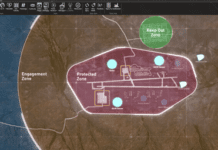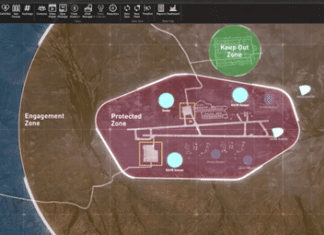This post is also available in:
 עברית (Hebrew)
עברית (Hebrew)
Russia’s drone technology is advancing, and its latest model, the Kalashnikov KUB “suicide drone”, is designed to be launched covertly and explode when within target range. Russia’s Orlan–10 UAVs are considered the most serious threat. They fly in threes – the first providing reconnaissance and the second carrying electronic warfare systems to jam NATO communications. The third transmits intelligence information to a control center.
“These drones routinely carry electronic warfare payloads. Russia could release a cluster of nine Orlan drones to carry out electronic warfare, such as jamming Nato communications. It did this effectively in Syria and Ukraine”, said Justin Bronk, combat airpower and technology expert with the Royal United Services Institute think tank. “Denial of communications was a huge factor in Ukraine – as was Russia’s ability for surveillance, which allowed for precise targeting by artillery, which was lethal.”
In fact, NATO does not have the right equipment to shoot these drones down quickly, according to express.co.uk, and it is feared that Moscow could use the swarm tactic, used effectively in the invasion of Ukraine, to disrupt NATO communications as a prelude to a ground incursion.
It is over this backdrop that European forces have been training to protect the skies over Europe from Russian drone swarm attacks. More than 100 RAF, Belgian, Dutch, French, German, Italian, Norwegian and Spanish air gunners and protection specialists simulated exercises at the European Air Group headquarters at Buckinghamshire. The week-long Exercise Volcanex focused on a hybrid Russian attack in the Baltic involving cyber and disinformation offensives and a drone swarm attack.
“Russia has an inherent weakness when it comes to developing drones that could form a swarm. They don’t have a small electronics sector to draw on, however, they have a lot of combat experience with medium-sized drones, like the Orlan series. And Nato’s ability to counter this threat is limited”, he added.


























